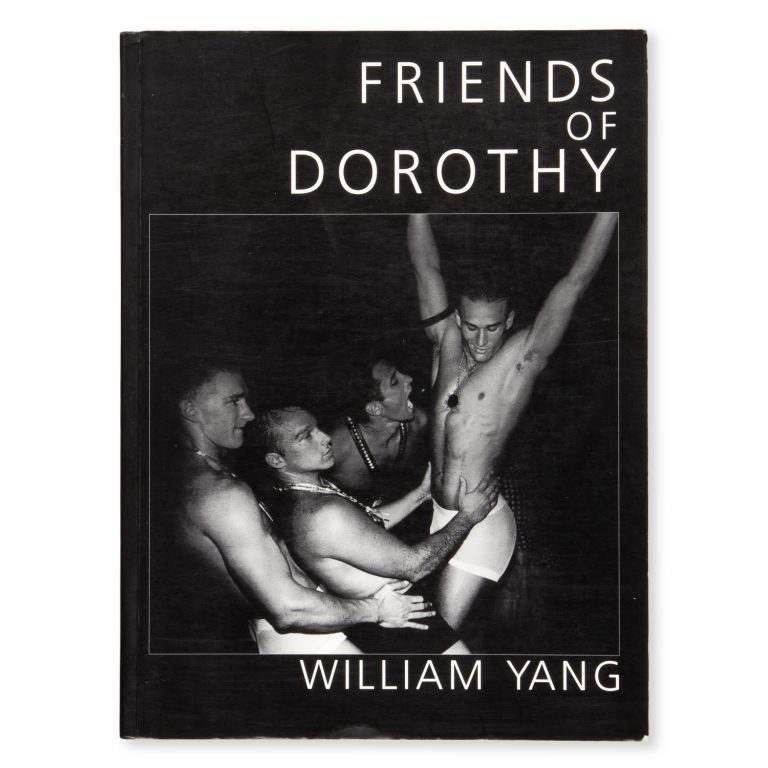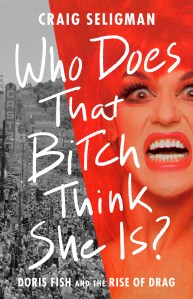Craig Seligman’s Pride Month Booklist
In the 1970s, queer people were openly despised, and drag queens scared the public. Yet this was the era when Doris Fish (born Philip Mills in 1952) painted and padded his way to stardom. He was a leader of the generation that prepared the world not just for drag queens on TV but for a society that is more tolerant and accepting of LGBTQ+ people. How did we get from there to here? In Who Does That Bitch Think She Is? Craig Seligman looks at Doris’ life to provide some answers.
After moving to San Francisco in the mid-’70s, Doris became the driving force behind years of sidesplitting drag shows that were loved as much as you can love throwaway trash—which is what everybody thought they were. No one, Doris included, perceived them as political theater, when in fact they were accomplishing satire’s deepest dream: not just to rail against society, but to change it.
From the rise of drag shows to the obsession with camp to the conservative backlash and the onset of AIDS, Seligman adds needed color and insight to this era in LGBTQ+ history, revealing the origins and evolution of drag.

For over fifty years William Yang has photographed gay and lesbian life in Australia, documenting culture and subculture through the lens of his own Chinese-Australian heritage. This book is filled with his candid images of couples, parties and gatherings where diverse expressions of sexuality are explored and celebrated.
